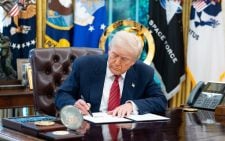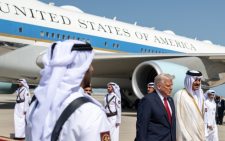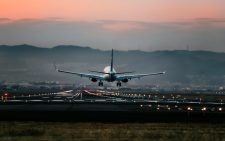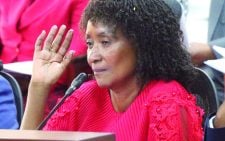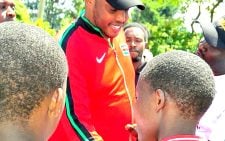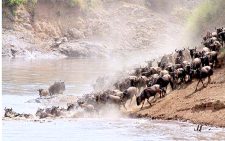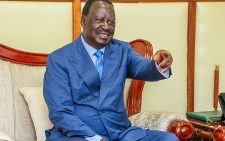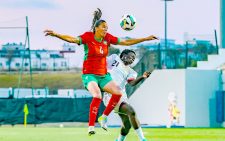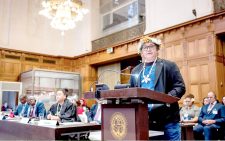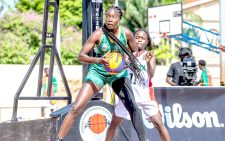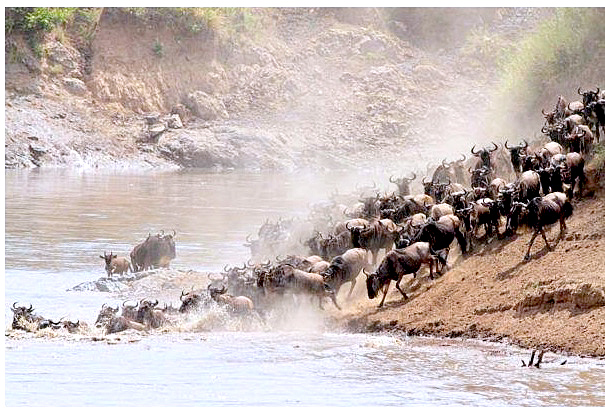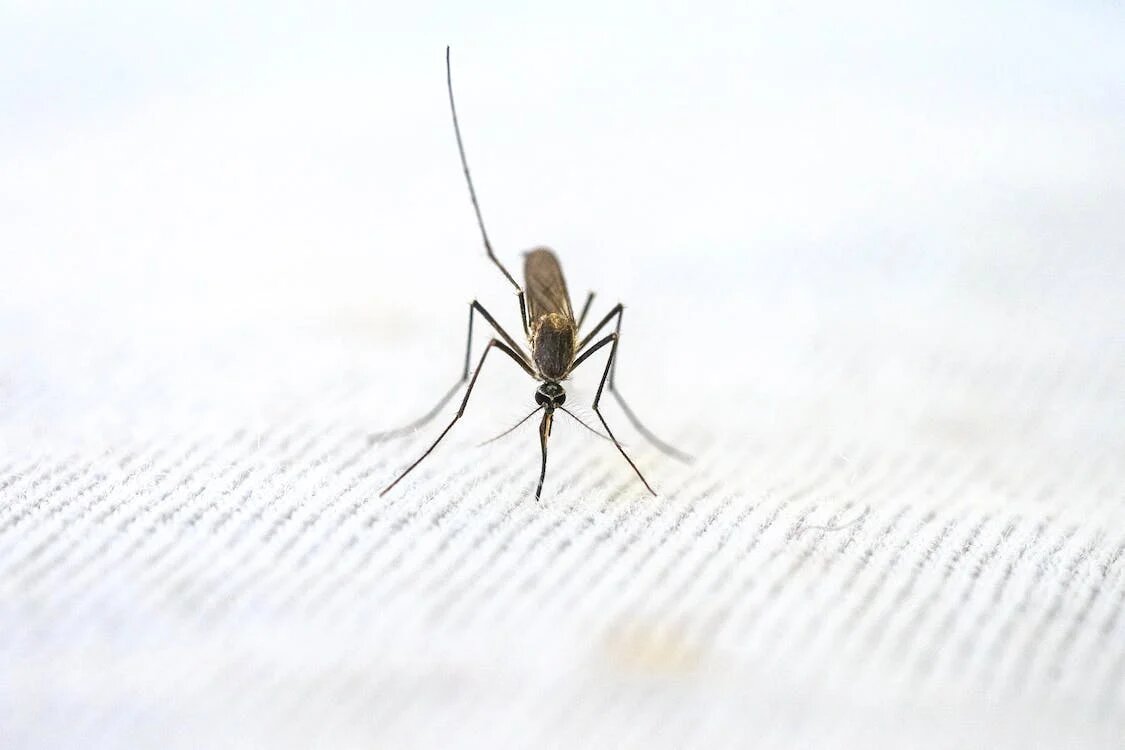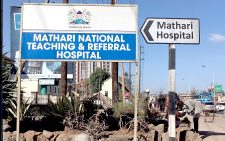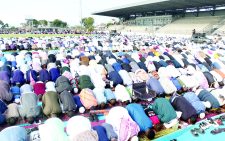Boeing Starliner spacecraft lands back on earth without astronauts
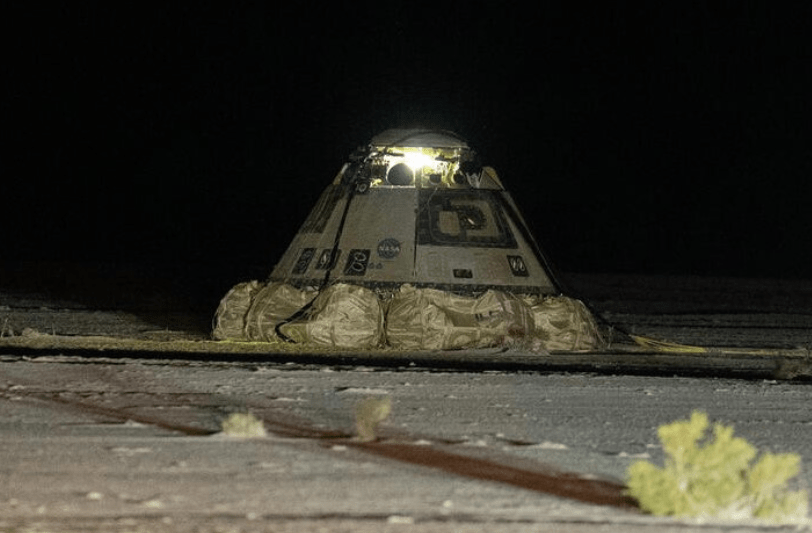
Boeing’s Starliner spacecraft has completed its journey back to Earth – but the astronauts it was supposed to be carrying remain behind on the International Space Station.
The empty craft had been travelling in autonomous mode after undocking from the orbiting lab.
The capsule, which suffered technical problems after it launched with Nasa’s Butch Wilmore and Suni Williams on board, was deemed too risky to take the astronauts home.
They will instead return in a SpaceX Crew Dragon, but not until February – extending an eight-day stay on the ISS to eight months.
Starliner’s flight back lasted six hours. After it re-entered the Earth’s atmosphere parachutes were used to slow its descent at the White Sands Space Harbor in New Mexico on Saturday.
Nasa said earlier that Butch and Suni were in good spirits and in regular contact with their families.
Steve Stich, NASA’s commercial crew programme manager, told a media briefing that both astronauts were passionate about their jobs.
“They understand the importance now of moving on and… getting the vehicle back safely.”
This was the first test flight for Boeing’s Starliner spacecraft with astronauts on board.
But it was plagued with problems soon after it blasted off from Cape Canaveral in Florida on 5 June.
The capsule experienced leaks of helium, which pushed fuel into the propulsion system, and several of its thrusters did not work properly.
Engineers at Boeing and Nasa spent months trying to understand these technical issues, but in late August the US space agency decided that Starliner was not safe enough to bring the astronauts home.
Steve Stich admitted there was “tension in the room” between Boeing and Nasa while the decision was being made, with Boeing arguing that their spacecraft could safely return with the pair on board.
“The NASA team, due to the uncertainty and the modelling, could not get comfortable with that,” he said.
The plan to use rival company SpaceX has brought with it a significant delay to the astronauts’ return.
The extra time is to allow SpaceX to launch its next vehicle, with lift-off scheduled for the end of September.
It was supposed to have four astronauts on board, but instead, it will travel with two. This leaves room for Butch and Suni to join them in the vehicle to return to Earth at the end of its planned stay next February.
Dana Weigel, manager of the International Space Station, said that the astronauts were adapting well to their extended mission. Both have previously completed two long-duration stays in space.
She said the pair were undertaking the exercise programmes needed to stay healthy in the weightless environment.
And she added that they now had all of the gear they needed for their unplanned eight-month stay.
“When we first sent them up, they were borrowing a lot of our generic clothing that we have on board, and we have now switched some of those things out,” she said.
She explained that a resupply mission in July had delivered “specific crew preference items” that the pair had requested.
“So they actually have all of the standard expedition gear at this point that any other crew member would be able to select. And we’ve got another cargo vehicle coming up, so we’ll send up anything else that they need for the back-end half of their mission on that flight.”
Boeing financial challenges
The issues with Starliner have no doubt been a blow to Boeing, which is suffering from financial losses as it struggles to repair its reputation following recent in-flight incidents and two fatal accidents five years ago.
After so many problems, a trouble-free landing will be a much-desired outcome for the company – and for NASA.
”After we get the vehicle back, we’ll go through a couple of months of post-flight analysis,” said Steve Stich.
“There are teams starting to look at what we do to get the vehicle fully certified in the future.”
The US space agency has emphasised its commitment to Boeing’s spacecraft – having two American companies to take astronauts to space has been a key goal for NASA for some time.
When their space shuttle fleet was retired in 2011, the US spent a decade relying solely on Russia’s Soyuz spacecraft to transport its crew and cargo – a situation NASA admitted was far from ideal.
So in 2014, Boeing and SpaceX were awarded contracts to provide commercial space flights for NASA astronauts – Boeing’s was worth $4.2bn (£3.2bn) while SpaceX received $2.6bn (£2bn).
So far SpaceX has sent nine crewed flights to space for Nasa, as well as some commercial missions, but this was Boeing’s first attempt at a crewed mission.
Boeing’s Starliner had already been delayed for several years because of setbacks in the spacecraft’s development and two previous uncrewed flights in 2019 and 2022 also suffered technical problems.
But NASA administrator Bill Nelson says he is 100% certain it would fly with a crew onboard again.
